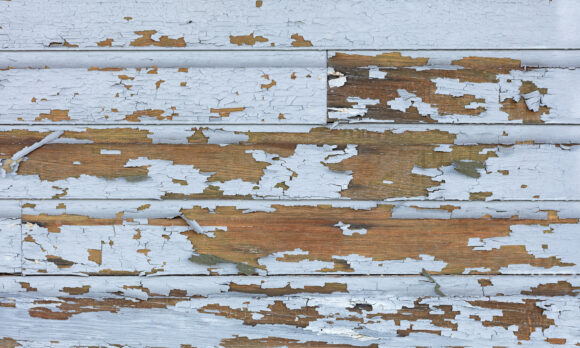The same state court system that allowed local governments to sue lead paint manufacturers for promoting a hazardous product many decades ago won’t force insurers to pay for the end result.
A panel of the California 1st Division Court of Appeal ruled Tuesday that Lloyd’s of London and other carriers that insured W.P. Fuller & Co. are not liable for a legal settlement that requires the company’s successor to pay$101,666,666 into an abatement fund. The appellate panel said Section 533 of the California Insurance Code prohibits insurers from paying for intentional acts that cause harm.
“The underlying litigation established that Fuller—the corporate entity—had actual knowledge of the harms associated with lead paint when it promoted lead paint for interior residential use,” the opinion says.
A New York appellate court reached the opposite conclusion last month. The 1st Department of the New York Appellate Division found Lloyd’s and other carriers were liable for a $101.7 million settlement agreed to by NL Industries, which assumed the liabilities of the manufacturer of Dutch Boy paint. While the makers of Dutch Boy paint may have known that lead could cause cause harm, that isn’t the same as knowing that it would, the court found.
The two cases came to the state appellate courts after more than 20 years of litigation. In 2000, Santa Clara County, California filed a class-action lawsuit against several lead paint manufacturers, alleging that they had violated the state’s public nuisance law by promoting a hazardous product. Several other counties and California cities joined the action.
California’s 6th District Court of Appeals affirmed a ruling that required payment into a lead paint abatement fund, but reduced the damages from $1.15 billion to $409 million. After the California Supreme Court refused to hear the case, ConAgra Grocery Products Co., Sherwin-Williams Co. and NL Industries agreed to a settlement that required each to pay $101,666,666 into an abatement fund.
The question of whether the paint manufacturers’ insurers must pay that cost sparked the next round of litigation. A trial court in Ohio let the insurers for Glidden paint off the hook, but a trial court in New York City ruled that Dutch Boy’s insurers must pay. The state Appellate Division affirmed that decision on March 24.
One of ConAgra’s attorneys, Raymond Cardoza, submitted a copy of the New York ruling to the California appellate court the same day.
But in California, the San Francisco Superior Court ruled in 2020 that Fuller’s insurers were not liable for the public nuisance law violations because of the Section 533 prohibition against insuring damages caused by intentional acts. The 6th Division appellate panel affirmed that ruling.
The appellate panel rejected Conagra’s argument that no authority supports applying Section 533’s prohibition against insuring willful acts to a liability that was assumed through corporate succession. The panel said ConAgra “stands in the shoes” of Fuller and is liable for its acts.
Conagra is a publicly owned holding company based in Chicago with $11 billion in annual revenues. It assumed Fuller’s liabilities through a 1991 acquisition.
The company warned investors that it would bear the cost of the lead paint settlement in its most recent Securities and Exchange Commission filing, saying that it will pay the cost in seven annual installments starting in fiscal year 2020. Conagra said it must pay an additional $15 million if NL Industries defaults on its liability.
Was this article valuable?
Here are more articles you may enjoy.


 South Carolina Allows Out-of-State Adjusters After Massive Hail Storm
South Carolina Allows Out-of-State Adjusters After Massive Hail Storm  California Sees Two More Property Insurers Withdraw From Market
California Sees Two More Property Insurers Withdraw From Market  EVs Head for Junkyard as Mechanic Shortage Inflates Repair Costs
EVs Head for Junkyard as Mechanic Shortage Inflates Repair Costs  UnitedHealth Data Leak May Affect ‘Substantial’ Swath of U.S.
UnitedHealth Data Leak May Affect ‘Substantial’ Swath of U.S. 